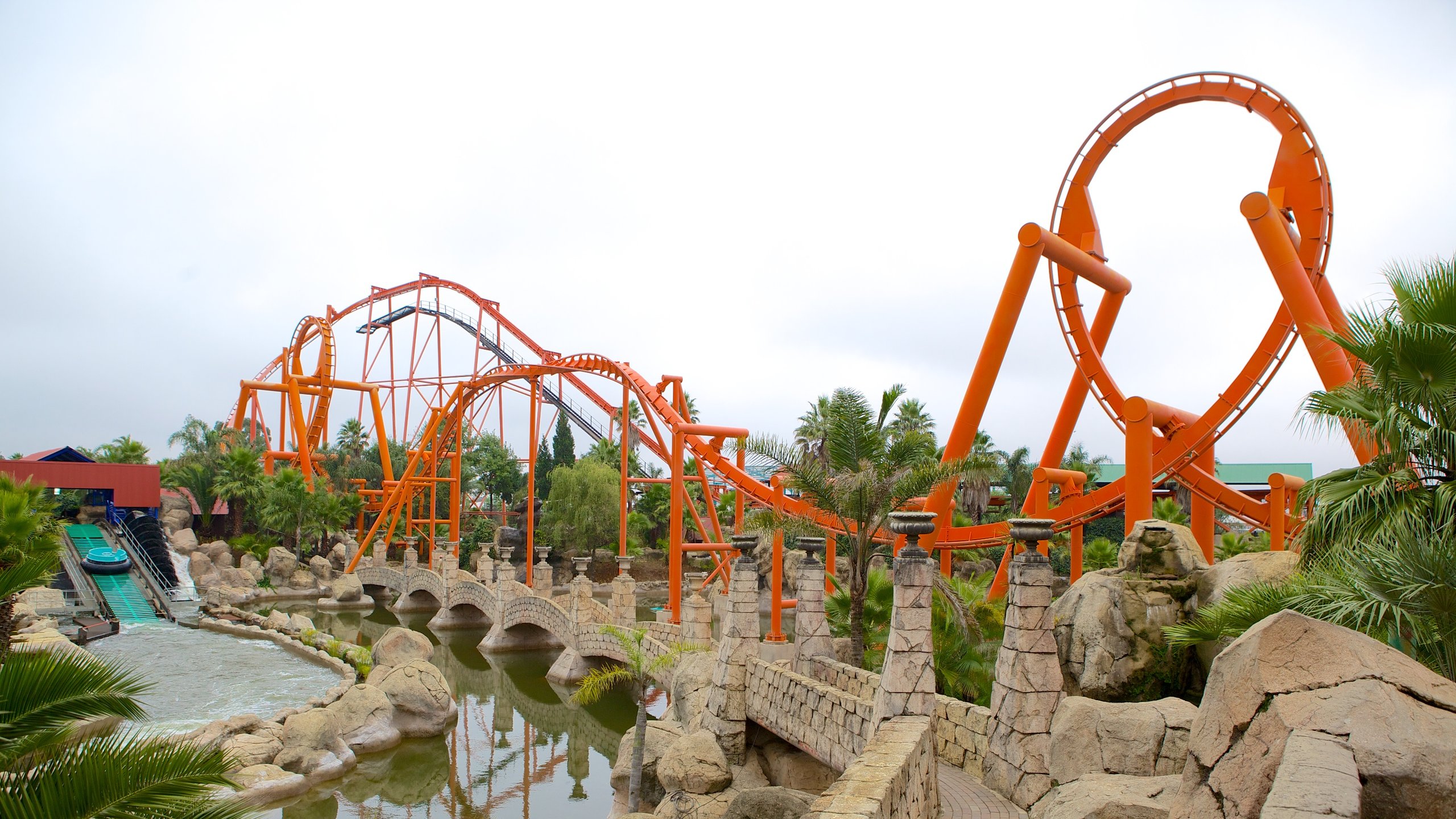Little Known Facts About Johannesburg North Attractions.
Little Known Facts About Johannesburg North Attractions.
Blog Article
7 Easy Facts About Johannesburg North Attractions Shown
Table of ContentsWhat Does Johannesburg North Attractions Mean?The smart Trick of Johannesburg North Attractions That Nobody is DiscussingSome Of Johannesburg North AttractionsAbout Johannesburg North AttractionsThe Greatest Guide To Johannesburg North AttractionsThe Best Guide To Johannesburg North Attractions
The city expanded on the edge of the Witwatersrand Main Coral reef, a subterranean stratum of gold-bearing quartz-silica conglomerate that arcs for hundreds of miles under the Highveld - Johannesburg North attractions. Many of the gold mines in the city ceased procedure in the 1970s, however in its day the Witwatersrand gold industry accounted for more than 40 percent of the globe's annual gold manufacturing.Johannesburg has a warm climate. The city takes pleasure in about 8 hours of sunshine per day in both winter season and summer season.
What rain the city obtains falls nearly exclusively in the summertime, typically in incredible late-afternoon electric storms. Air contamination poses a considerable problem, specifically in the winter season, when thermal inversions impede the westward circulation of air from the Indian Ocean. Air pollution is most severe in the largely settled Black towns on the city's perimeter, where many locals still depend on coal for fuel.

An Unbiased View of Johannesburg North Attractions
The balance of the city is occupied by whites. Lodging differs in personality and quality.
Physical growth, although somewhat limited by transportation, continued swiftly as migration to South Africa, and Johannesburg in specific, boosted significantly.
Most inadequate suburban areas were combined, with inadequate blacks and whites living together, although the affluent residential areas were generally booked for whites.
The number of individuals living in the internal city on a casual basis is unidentified, as lots of are illegal immigrants. The unemployment, education, and age profiles of the area are all unidentified, due to the difficulty of getting reputable details about the location.
Not known Details About Johannesburg North Attractions
Centred on the CBD, the region consists of the suburban areas of Yeoville, Bellevue, Troyeville, Jeppestown, and Berea to the east. To the west it spreads to Pageview (Johannesburg North attractions) and Fordsburg. There are small industrial parks to the south, such as City West-Denver and Benrose. Around 800,000 travelers pass via the internal city on a daily basis, and it operates as a regional buying node for visitors from the southerly suburbs. Yeoville and Bellevue have a mix of apartment and solitary domestic units on tiny whole lots. The region is located on a hilly divide that ranges from eastern to west. One of the most obvious geographical feature is Observatory Ridge, which is named for the big observatory situated on it. The recreational areas are no more made use of, because of safety and security problems.

Johannesburg North Attractions Fundamentals Explained
R. Tambo International Flight Terminal). The eastern suburbs are some of the earliest areas of Johannesburg, there are large neighborhoods of Jewish and other European histories, the majority of the population is English talking. There are 3 fairway along with a number of protected ridges with viewsites. There are numerous well-developed and up-market enjoyment and buying locations in the eastern such as the Eastgate Mall and the Greenstone shopping center.
Originally built to house male migrant workers, lots of have actually been boosted as residences for couples and family members. The residential area was not historically allowed to develop work centres within the area, so practically all of YOURURL.com its locals are commuters to various other parts of the city.
Fascination About Johannesburg North Attractions
The N1 Western Bypass connects the northern suburbs with the north-western residential areas. The houses in the northern suburban areas are generally official, without considerable areas of casual housing, or real estate that does not have a long-term structure. Although this is a well established location, there is a trend of land use adjustment from household to industrial, specifically along more tips here primary arterial roadways and around well established nodes.
The area is well linked to roadway networks, especially official statement along the north-south axis created by the M1 and N1. Roads to the eastern and west are much less well developed, as there are no highways travelling because direction. In the direction of the northern boundary of the city, the density of development lowers, leaving big areas of primitive land around Midrand.
Johannesburg North Attractions Can Be Fun For Anyone
The first suburb to the north of the inner city is Parktown, which lies on a hill neglecting the inner city and Hillbrow. It has numerous affluent citizens and Edwardian-design manors, along with the Education and Clinical universities of the College of the Witwatersrand. The big concrete Charlotte Maxeke Johannesburg Academic Hospital controls the sky line of Parktown.
Report this page